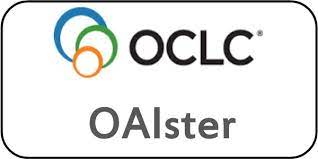The Journey and Excitement Following the Development of the First Peptide in a Pill: A Brief Overview of Pharmacology and Clinical Trials of Oral Semaglutide
Keywords:
Oral semaglutide, GLP-RAs, PK-PD, PIONEER Program, safety, PIPAbstract
Oral semaglutide is the newest discovery, the first in class peptide in a pill. Sodium N-(8-[2-hydroxybenzoyl]amino)caprylate (SNAC), a small fatty acid, has been co-formulated with semaglutide, which facilitates its absorption from the gastric mucosa. It has 94% homology with human glucagon-like peptide 1 (GLP-1). It comes in three dose forms – 3 mg, 7 mg and 14 mg. It is given as once daily dosing and is recommended in adult type 2 diabetes mellitus patients as monotherapy when metformin is contraindicated or not tolerated and in combination with other oral antidiabetic drugs (OADs). In a phase 3 trial, it has been shown to reduce glycated hemoglobin (HbA1c) up to 1.5%, with weight reduction up to 5 kg with a 14 mg dose. There was nonsignificant risk reduction of 21% in 3-point major adverse cardiovascular events (MACE) and 51% and 49% risk reduction in cardiovascular (CV) deaths and all-cause mortality, respectively. Oral semaglutide was found to be superior to empagliflozin, sitagliptin and liraglutide in both glycemic control and weight reduction. It also exhibits many pleiotropic effects – reduced energy intake, anti-inflammatory and anti-atherosclerotic effect, to name a few. Nausea was the most common side effect which was experienced by only 15% to 20% of patients. It was mild-to-moderate and transient. Overall, oral semaglutide has shown its efficacy both early and late in the management of diabetes, irrespective of renal and hepatic impairment.
Downloads
Published
Issue
Section
License
All open access articles published in IJCP are distributed under the terms of the CC BY-NC 4.0 license (Creative Commons Attribution-Non-Commercial 4.0 International Public License). This license permits unrestricted use, distribution, and reproduction of the articles in any medium for non-commercial purposes, provided that: The original authorship is properly and fully attributed. The IJCP is cited as the original place of publication with correct citation details. If an original work is reproduced or disseminated in part or as a derivative work, this must be clearly indicated. No articles are reproduced for commercial use without prior consent from the IJCP. All licensing requests and permissions for commercial use will be managed by the Publisher.










